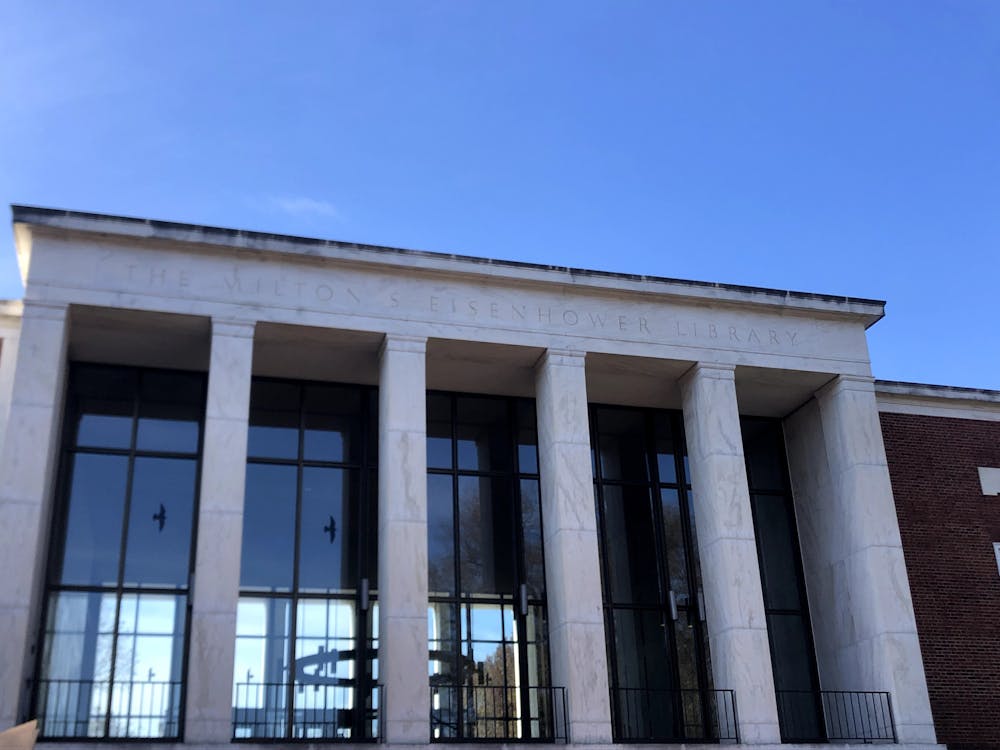As COVID-19 cases spike across the country, Hopkins students must strike a balance between adhering to safety precautions and spending time with loved ones. Students who have spent the semester in off-campus housing in Baltimore are coming up with ways to celebrate Thanksgiving safely.
At other universities, asymptomatic testing is automatically provided or even required before students travel home for Thanksgiving break. Because the University did not have in-person activities this semester, Hopkins did not provide this service. However, many students had already signed leases to live in Baltimore when the University switched to online-only fall plans.
The University’s COVID-19 call center tests only students who are (or report to be) experiencing COVID-19 symptoms or have had potential exposure to someone who has tested positive. Students’ academic advisors and on-campus employers are notified when the school orders a test, possibly deterring some students from choosing to be tested through the school.
Though it was not widely publicized, the University held free walk-in testing on Friday, Nov. 20 at Shriver Hall for all students, regardless of exposure or possible symptoms.
According to senior Charlotte Quinn, the tests were self-administered, and it is unclear when results will be available.
“I was hoping to have a negative test result to show to my family before I even got on the plane,” she said.
When she called the testing center to obtain more information, an administrator told Quinn that her results could be ready in two to three days. Quinn, who has been tested through normal University procedures once before, expected results to come in the normal six to 12-hour time frame.
In addition to testing, students are doing their best to take other precautions to mitigate the potential health risks to friends and family.
In line with Centers for Disease Control and Prevention (CDC) guidelines that emphasize the relatively low risk of driving, many undergraduates living off-campus will be driving home in lieu of flying.
Sophomore Daniel Gindi will be driving from Baltimore to New Jersey for the holidays, which is about a three-hour drive without traffic.
Given the ease of the trip, Gindi does not have many concerns about catching the virus on the way home, especially since he and his fellow roommates have been following social distancing guidelines this semester.
Senior Mia Boloix, on the other hand, has a longer journey ahead. Boloix and her boyfriend will be making a 17-hour trip from Baltimore to Miami, Fla. over the course of two days.
Boloix explained that driving to Miami felt safer than flying in an email to The News-Letter, though she noted it is not entirely risk-free.
“I definitely think we feel safer driving, but we are still really cautious because we have to use rest stops in southern states where mask mandates may not be enforced as seriously,” she wrote. “As we saw on our way up to Baltimore, the difference can be really striking!”
The distance may also determine if students will come back and who will stay home for the rest of the semester. While Gindi will be returning to complete finals from his off-campus home in Baltimore, Boloix will remain in Miami at least through the winter holidays and possibly until the spring semester.
For others without on-campus cars or those who would have to drive cross-country, flying is the only option.
Olin Shipstead, a senior from Southern California, will be taking a flight from Baltimore to Los Angeles. Shipstead will repeat some of the same measures that he took before boarding a flight to Hopkins, such as wearing a mask and wiping down seats and tray tables.
Shipstead has the added benefit of participating in the Hopkins-run epidemiology study to determine the frequency of COVID-19 in the undergraduate population living in off-campus housing. Throughout the semester he has been tested for COVID-19 twice per week, giving him greater peace of mind before heading home this semester.
Still, for others, at-risk family members and other circumstances may outweigh the benefits of visiting family at a peak travel time.
Junior Elisa Herrera will be spending Thanksgiving in her Nine East apartment. From Florida, Herrera decided that it would be best to stay put this year given that she did not want to be at home for the rest of the semester through finals period.
Herrera stated that she chose to stay in Baltimore to protect the health of her family.
“I didn’t want to put my family at risk because I understand that my age group can very easily be asymptomatic,” she said.
Instead, Herrera plans on celebrating the holiday with her roommate. They will be preparing their own Thanksgiving meal, though they will not be attempting to cook a turkey.
The CDC has recommended that students get tested and quarantine for 14 days before entering into family member “bubbles.” If this is not possible, wearing masks, staying outside and social distancing can help to reduce the risks of travel and keep everyone safe during the holiday.





